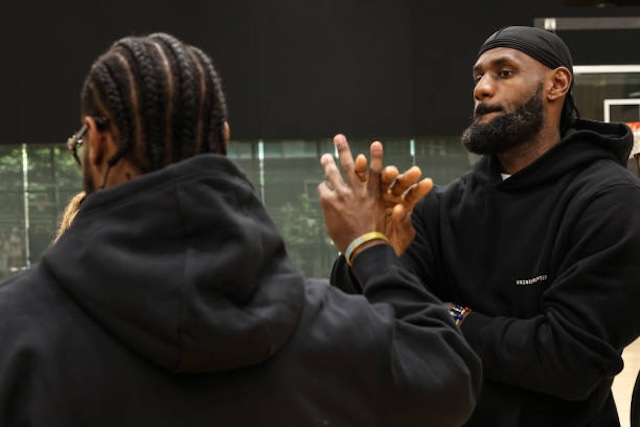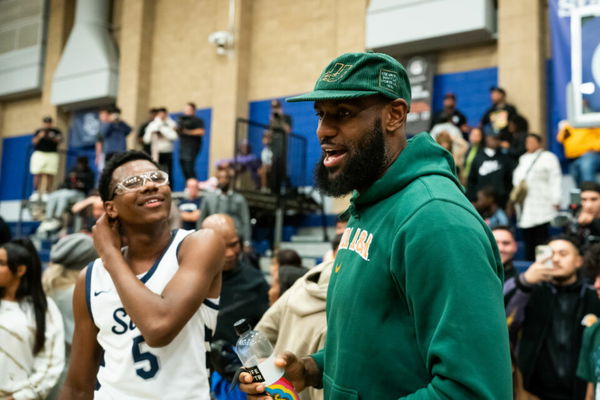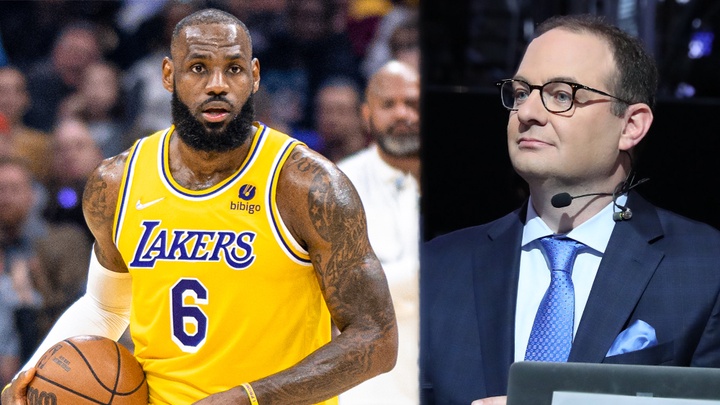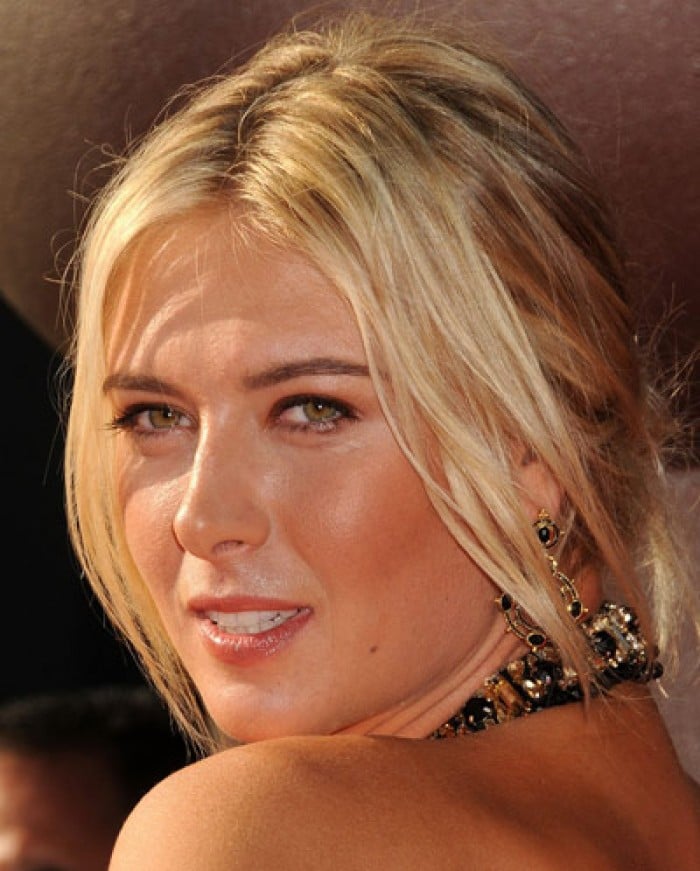A is for America. People are forever asking Sharapova – who landed in Florida at the age of six with her father and $700, and who has lived in the States ever since – whether she is Russian or American. Anyone who grows up watching the Karate Kid and the Brady Bunch, as Sharapova did, is going to end up sounding like an American. “But I never stopped and will never stop feeling Russian,” she writes in her memoir, Unstoppable. “When I’m down a break point deep in the third set of a match, I am Russian.”
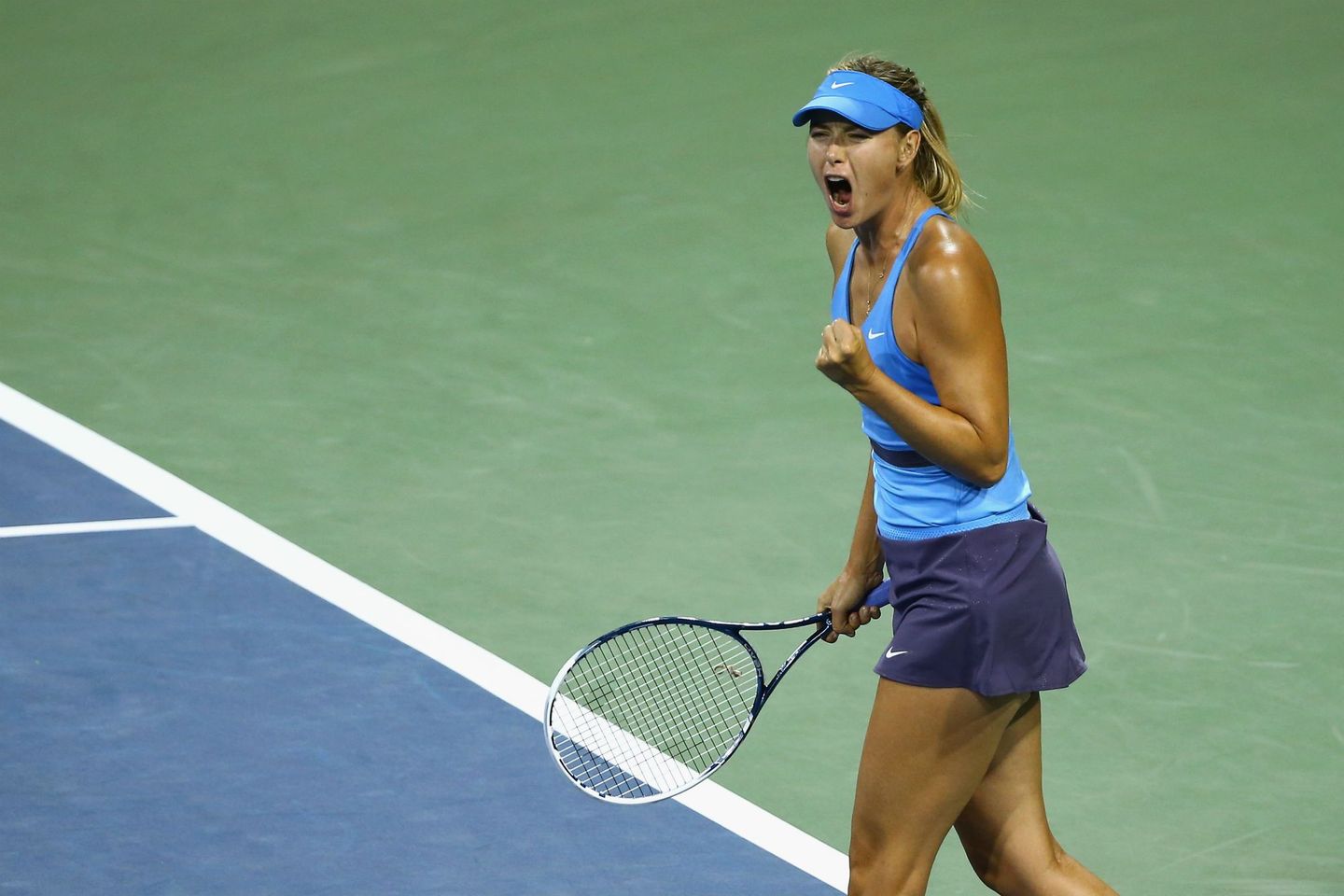
B is for Bollettieri. On arriving at the Nick Bollettieri Academy in Florida, Sharapova had “a single change of clothes, an oversized chopped-down racket, and shoes from a factory in Minsk”, which certainly set her apart from the other students, most of whom were wealthy American kids.
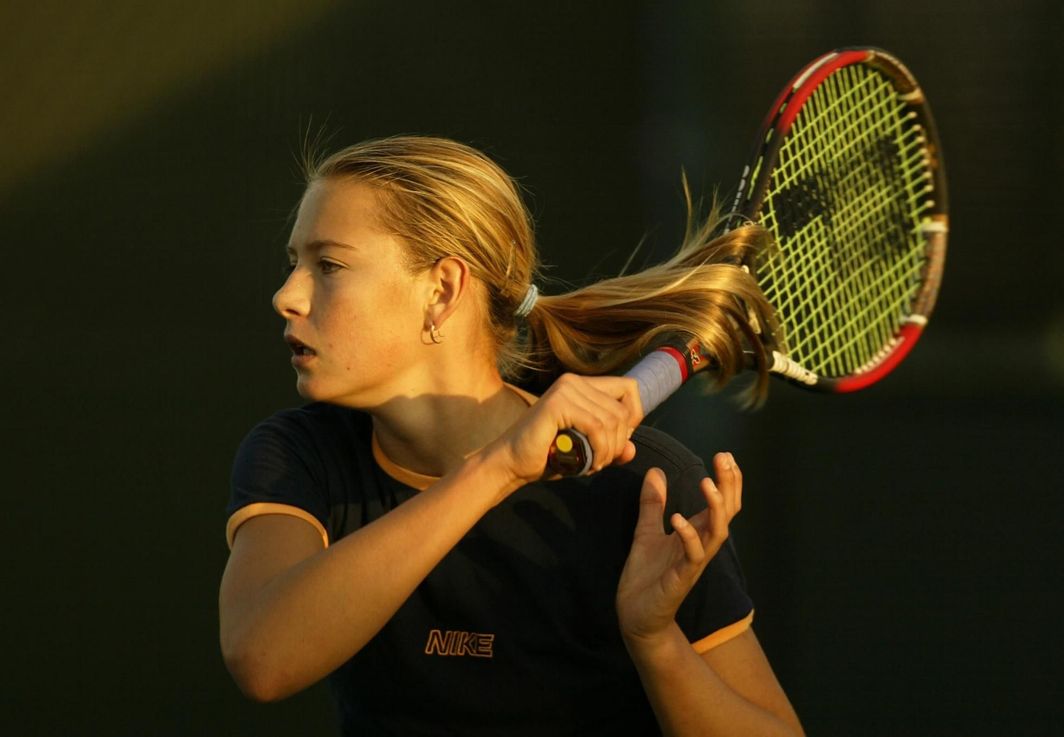
C is for Chernobyl. “If you had to pick one event that made me a player,” Sharapova discloses, “it’d be Chernobyl.” When the nuclear reactor exploded in 1986, Sharapova’s parents, who had been living nearby in Gomel in Belarus, soon fled to Siberia, where Sharapova was born. And from there they moved on to Russian resort town of Sochi, where she was introduced to tennis. “Had we not moved to Sochi, I never would have taken up tennis.”
D is for diary.Writing down her thoughts has helped Sharapova to make sense of her tennis life. Some of the pages are filled with motivational sayings, such as: “Yes, you can. Yes, you can. Yes, you can.”
E is for the email she sent to her father. When Sharapova ended her professional relationship with her father Yuri, who had managed her tennis life from the beginning, she did so by email.
F is for Ferrero.Sharapova’s crush on Juan Carlos Ferrero, a former men’s world number one she describes as “lanky, not too tall, with tousled hair, dark but dyed blond, and warm, mischievous eyes”, inspired her to win Wimbledon at the age of 17. During the build-up to the 2004 Wimbledon Championships, the Spaniard told journalists he thought Sharapova could take the women’s title. “It was magic to hear Juan Carlos say my name, especially in that Spanish accent of his. It’s silly but I kind of hung on to that memory for the rest of the tournament. It gave me a little extra confidence and motivation,” she writes in Unstoppable. “I was not just winning. I was proving that Juan Carlos Ferrero had been right to believe in me.”
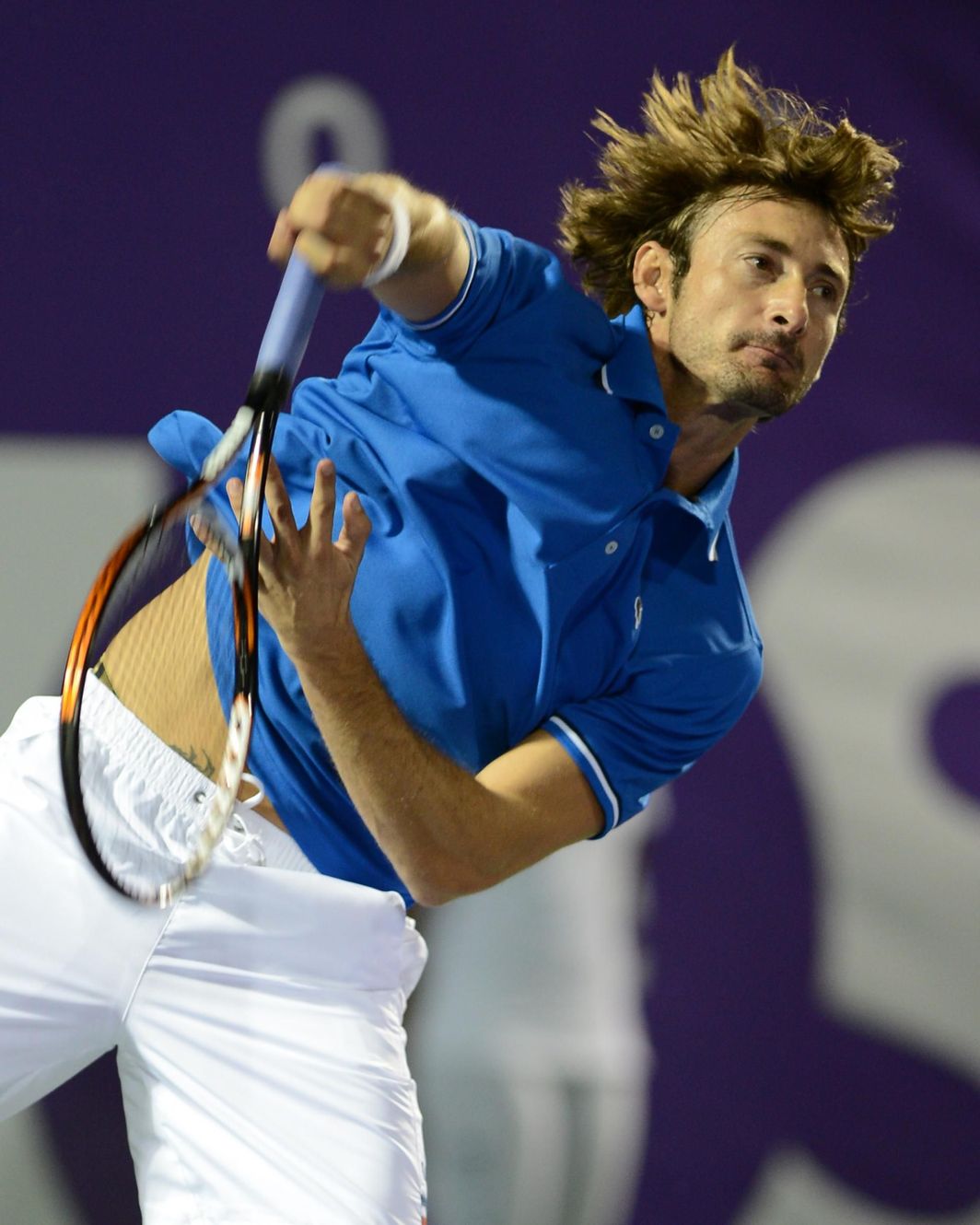
G is for Grand Slams. Victory at the 2012 French Open completed Sharapova’s Career Grand Slam. All of Sharapova’s Grand Slam victories have come in even years: 2004 Wimbledon, 2006 US Open, 2008 Australian Open, and her 2012 and 2014 victories at Roland Garros.
H is for height. With forest mushrooms growing to an enormous size near Chernobyl, Sharapova used to wonder whether her height – at 1.88m, she is far taller than her parents – could be explained by the fall-out from the disaster. Before Sharapova’s mother became pregnant with the future tennis player, she had been drinking the local water, and eating the local vegetables.
I is for ice.“I tried to set myself apart. No emotion. No fear. Like ice,” Sharapova writes of her formative years at the Nick Bollettieri Academy. “I was not friends with the other girls, because that would make me softer, easier to beat. They could have been the nicest girls in the world, and I wouldn’t even have known it. I chose not to know it.”
J is for Jimmy Connors.Sharapova’s player-coach relationship with Connors, one of the greats of men’s tennis, lasted for just one match – a first-round, three-set defeat to Sloane Stephens in Cincinnati in 2013.
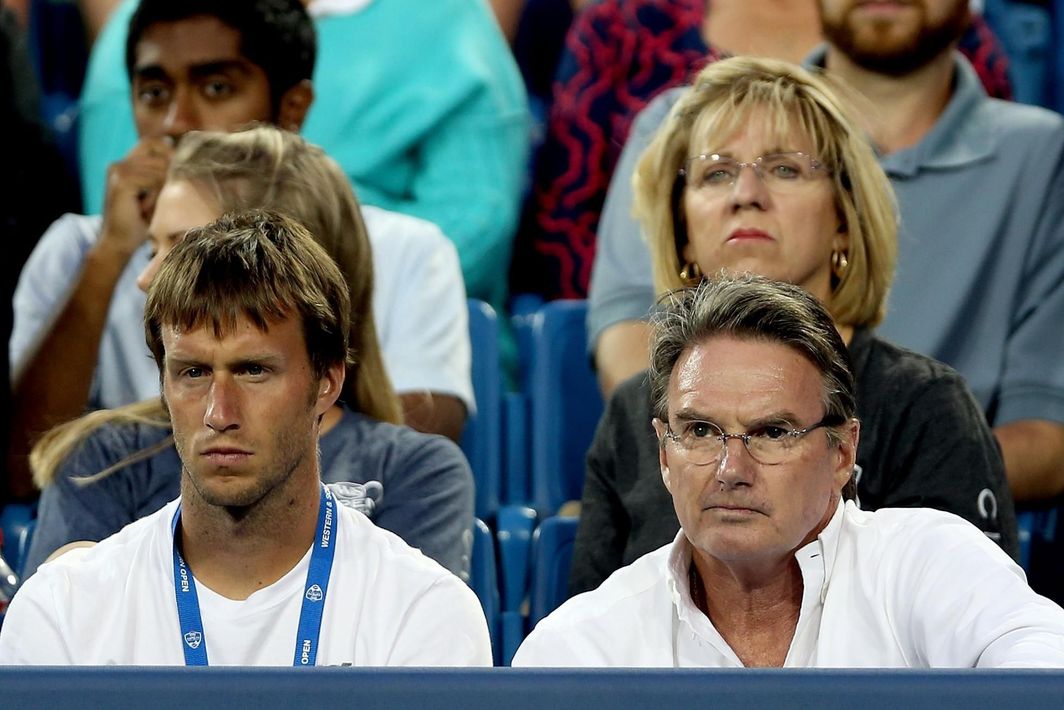
K is for Kournikova. When training at the Nick Bollettieri Academy, Sharapova would find herself wearing Anna Kournikova’s cast-offs. “In those early years, and I’m not exactly sure why, when I needed clothes, I often ended up with Kournikova’s hand-me downs, which – well, skintight animal prints are not usually my thing.”
L is for Lansdorp. For all the technical instruction that Robert Lansdrop had for Sharapova – he had her hitting flat shots that passed just over the tape of the net – the coach’s greatest contribution was adding to her confidence in her abilities.
M is for Masha. This is her real name, not Maria. She only started calling herself Maria after growing tired of Americans mispronouncing Masha ‘Marsha’.
N is for Ngayan. The Siberian town, close to the Arctic Circle, is where Sharapova was born on April 19, 1987. Sharapova’s father is less than complimentary about the place, calling it “a s—– little town”.
O is for operation. After an operation on her shoulder in late 2008, Sharapova couldn’t be sure whether she would ever make it back to the top, there being “no guarantees”.
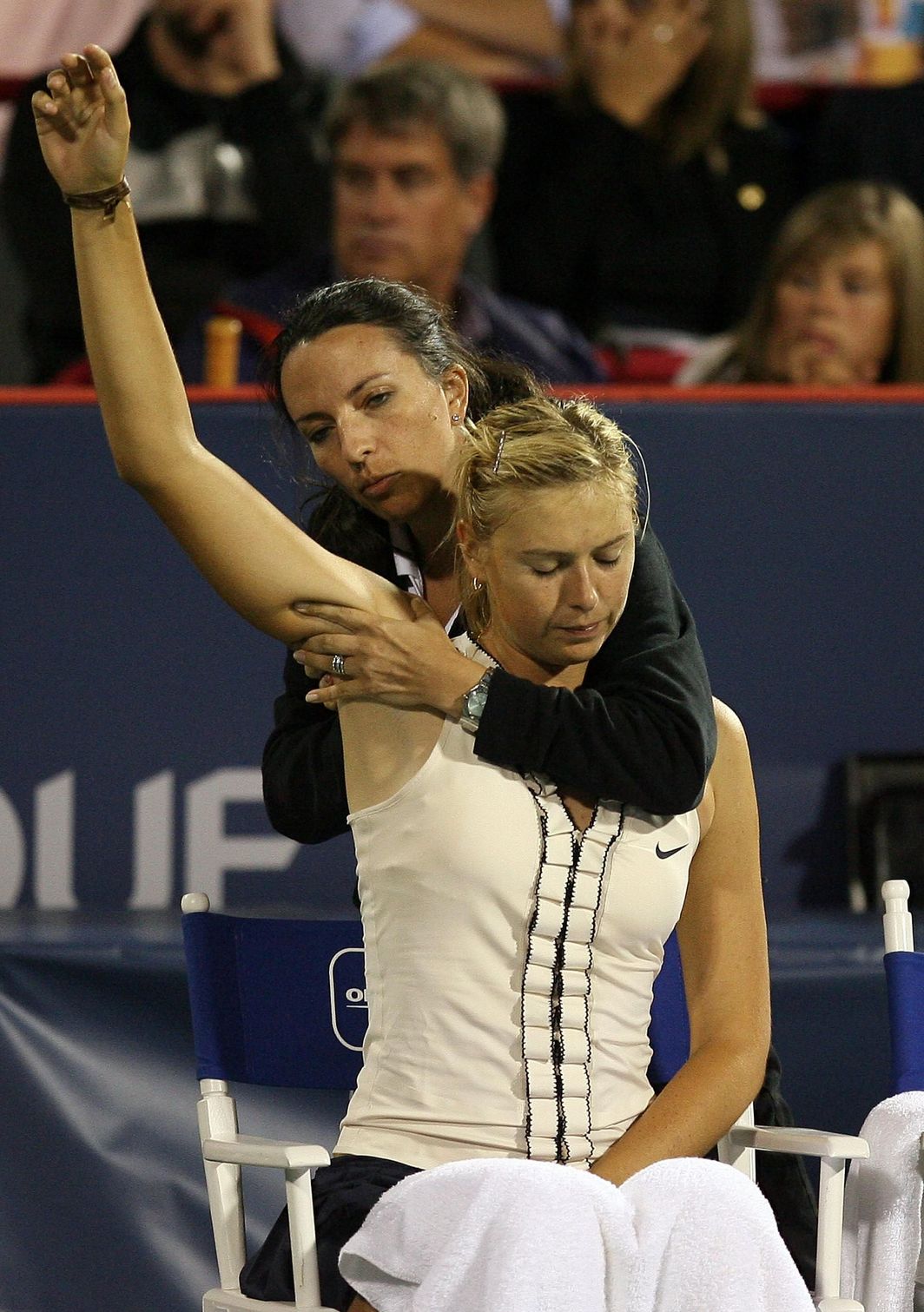
P is for puzzle. “Tennis is not a game. It’s a sport and a puzzle, an endurance test. You do whatever you can to win. It has been my enemy and my friend, my nightmare and the solace to that nightmare, my wound and the salve for my wound.”
Q is for quiet. Sharapova was 16 years old, and playing a grass-court tournament in Birmingham, when, in an unusual intervention, the husband of her opponent Nathalie Dechy asked for some quiet. “Her husband called over the tournament supervisor and complained that I was grunting too loudly,” she writes. “I don’t even know I’m doing it. The noise just rises from some place deep inside me, meets the ball, and sends that ball into the world just as much as my forehand or my backhand. Without realising, this was becoming my thing.”
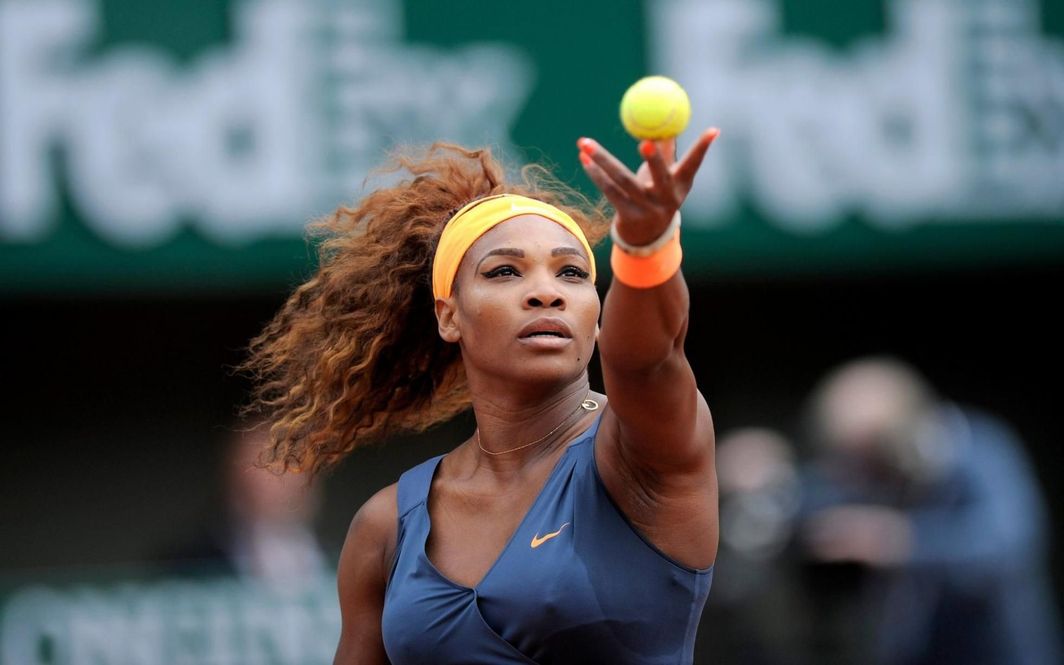
R is for retail therapy. For more than 10 years, Sharapaova was the highest-earning female athlete in the world. As she once wrote in her diary: “Over time, I’ve developed my own treatment. It’s something I call retail therapy. When you feel you need to see a psychologist, go out and buy a pair of shoes instead. If they’re really great shoes, all your worries will evaporate. Why pay $300 for some BS talk with a psychiatrist when you can pay the same and end up with a great pair of shoes that will be with you every day. People! It’s common sense!”
S is for Serena Williams.Reading Sharapova’s book, it’s clear which opponent has had the greatest impact on her tennis life. Even before they played their first match, Sharapova was very aware of Williams. Two of Sharapova’s greatest victories came against Williams – at the 2004 Wimbledon Championships and the WTA Finals the same year – but since then the head-to-record has been very one-sided in the American’s favour. Williams is one of the few women who shares Sharapova’s experiences of competing at the elite level from your teenage years to your 30s, and of being a high-profile athlete, and the Siberian has wondered whether there will come a time when the two of them can be friends.
T is for the Thai restaurant and Tianjin. That was the place in Wimbledon Village that sustained her in 2004, the year she took the title. She would always order the same, 8 and 47 – spring rolls and a sizzling beef with onions – with a side of 87, fried rice. Tianjin was the venue for her first title since returning to the sport after a 15-month ban for a violation of anti-doping rules.
U is for unknown.Would Sharapova have become a tennis player without Martina Navratilova’s remark at a coaching clinic? Sharapova was just six years old at the time, but Navratilova pulled Sharapova’s father aside and told him – through a translator – that he would need to take his daughter to America if she was to have a future in the sport.
V is for Vujacic. When Sharapova got engaged to Sasha Vujacic, a Slovenian basketball player, “it was less like a traditional plan to get married – I was definitely not ready for that – than a statement of commitment.” Unfortunately, the relationship didn’t last. She has also been in a relationship with Bulgarian tennis player Grigor Dimitrov, whom she describes as being “dangerously distracting”.
W is for Wimbledon. For Sharapova, one of the thrills of playing at the All England Club is spending a couple of weeks in Wimbledon Village, “a perfect little town, where you could lead something like a normal life”. “It’s almost like a village in a train set, a toy town, with gingerbread houses and mansard roofs and narrow attic windows with glass so old it’s warped but still reflects the sun, the streets, straight and curved, the clop of horses that makes you feel as though you are back in the nineteenth century, the awnings over the shops and the lights that come on in the restaurants at nightfall.”
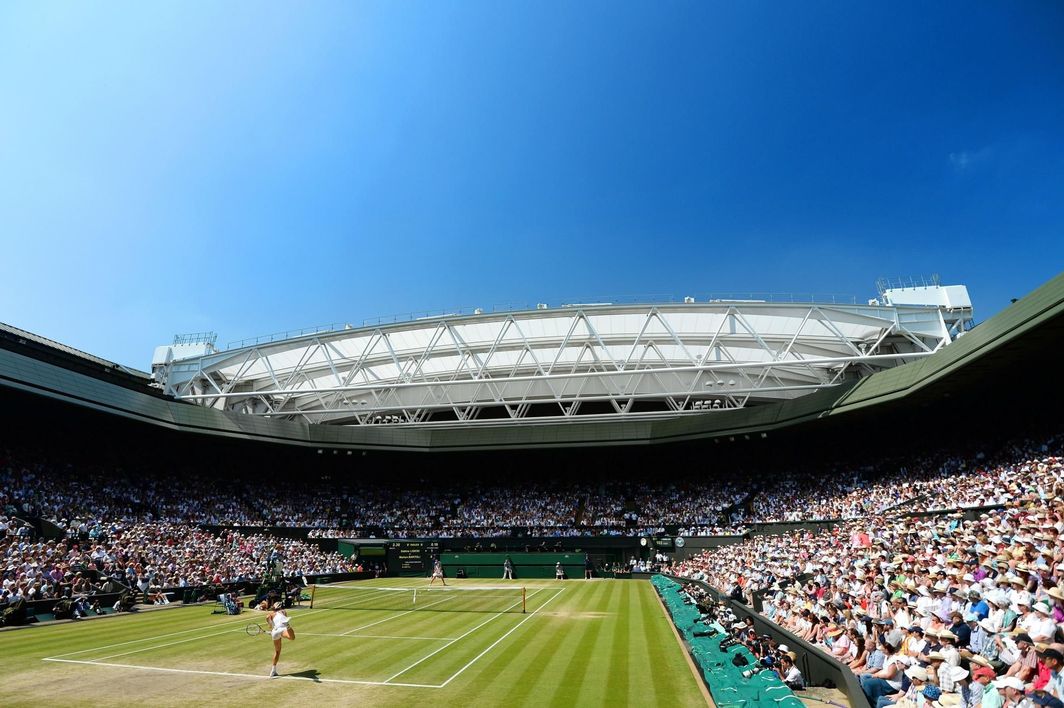
X is for X-factor. How would Sharapova’s tennis life have played out differently if she had competed as a left-hander? Growing up, she experimented with being a lefty, and thought seriously about making the switch.
Y is for Yevgeny Kafelnikov.As a child, Sharapova played with one of Kafelnikov’s old rackets. “It was way too big. They cut it down and it still looked ridiculous, but I played with that racket for years,” she writes. “Sometimes I think it made me better, sometimes worse. It was like swinging a weighted baseball bat. It forced me into helpful positions and made me strong, yet its weight forced my strokes into awkward positions, creating some bad habits. But it’s all I had, so it was my only option.”
Z is for zebra. Sharapova once spoke of her “zebra philosophy”. “With a zebra, you have white lines and black lines. I always think when I have a black line that there is a white line coming after it, that’s my philosophy.”
